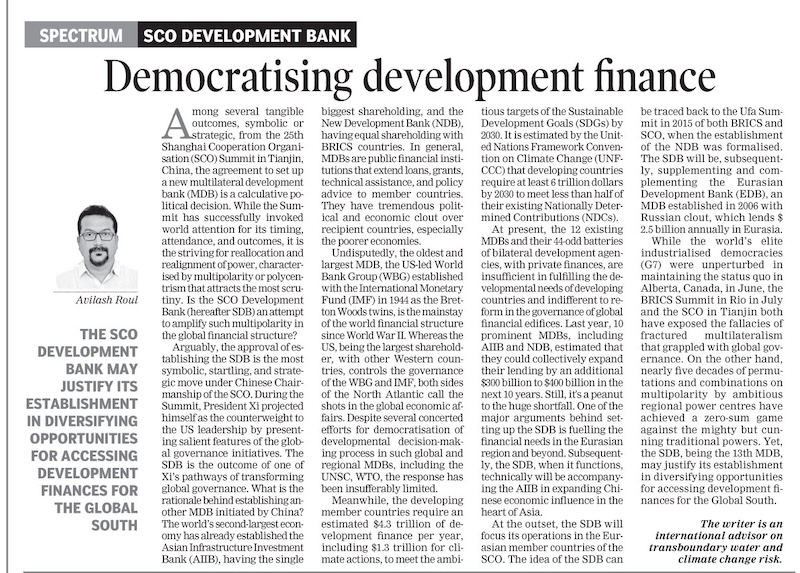50 Years of the Biological Weapons Convention: Tracking the Journey
50 Years of the Biological Weapons Convention: Tracking the Journey (Editor: Ajey Lele, Pentagon Press/MP IDSA, 2025) is a tribute to the Biological Weapons Convention (hereinafter referred to as the BWC), in its Golden Jubilee year (2025), which has been “a foundational pillar of global disarmament and non-proliferation.” The book has five sections, comprising 14 chapters contributed by renowned Indian and international researchers, scholars, academicians, scientists
RECALIBRATING INDIA’S AIRPOWER STRATEGY: Managing Fighter Squadron Deficits in a Two-Front War Scenario

INTRODUCTION
Özgür Altun: Turkish Media Mastermind for ISKP Arrested in Pakistan
Ozgur Altun (Abu Yasir al-Turki), a key operative of the Islamic State Khurasan Province (hereafter, IS-Khurasan), was apprehended on June 1, 2025, at an undisclosed location in Balochistan, near the Pakistan-Afghanistan border. His arrest came as a result of a joint operation conducted by Pakistan’s Inter-Services Intelligence (ISI) and Turkiye’s intelligence organization, Milli İstihbarat Teşkilatı (MİT) (Anadolu Agency, June 1).
Algorithmic Warfare: India’s Leap Into AI-Driven Defence Modernity
Recently, during the conference titled “Raksha Navachar Samvaad: Interaction with iDEX Startups,” held ahead of the National Conference on Defence Innovation at Vigyan Bhawan in New Delhi on October 7, Defence Minister Rajnath Singh stated that the nature of warfare is rapidly evolving. He noted that future conflicts will be shaped by artificial intelligence (AI), autonomous systems, drones, quantum computing, and directed-energy weapons. Singh urged innovators and startups to pioneer cutting-edge defence technologies and make India a global leader in innovation.
Militant Violence in Jammu and Kashmir Post-Abrogation of Article 370
Abstract: This article presents a chronological and thematic analysis of militant violence in Jammu and Kashmir from the abrogation of Article 370 of the Indian Constitution in August 2019 to July 2025. It traces three distinct phases: an initial decline in attacks due to lockdowns and security restrictions (2019-2020); a resurgence marked by hybrid militancy, targeted killings, and intimidation of civilians (2021-2023); and a lethal escalation involving high-profile and audacious assaults, intensified counterterrorism operations, and cross-border tensions (2024-2025).
SCO and BRICS in a Fractured World: India’s Balancing Act in Multipolarity
Against the backdrop of ineffectiveness of the UN in diffusing West Asia and Eurasia conflicts, failure to adopt a global pact on plastic pollution, and over and above all, the rise of unilateral trade protectionism, the China-led Shanghai Cooperation Organisation (SCO) has concluded its two-day (August 31 - September 1) high-profile 25th Summit in Tianjin, China.
Paxton ported to drupal by DropThemes.in


